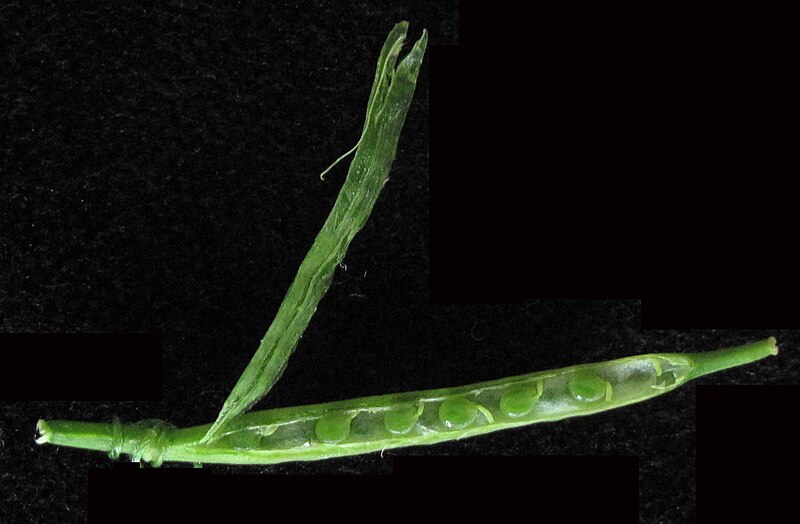Yellow Rocket Identification – Barbarea vulgaris
Heads up
Yellow Rocket, or Barbarea vulgaris, has a couple of other popular names that you might have heard. Some people call it Winter Cress while others might refer to it as Yellow-rocket. It’s quite literally a part of the Mustard family or the Brassicaceae family.
Yellow Rocket: Key Parts in Photos




Where to find it
Yellow Rocket doesn’t shy away from the sun but likes a bit of shade too. Be on the lookout in moist fields, or by the edges of woods. It’s also common to find them alongside roads and even shores. These plants aren’t really the short types. They can stretch up to 3 feet tall.
How to identify Yellow Rocket
The flowers are one of the most distinct parts of this plant. They grow in round clusters, perched on the branching stems at the upper parts of the plant. Each flower is about 1/3 inch across, but they are bright and noticeable with their four yellow petals. In the middle, you’d see 6 yellow stamens. As the plant gets older, the flower clusters kind of stretch out, and as they bloom at the tip, a fruit starts to form below on the stem.
When it comes to leaves, the Yellow Rocket has got variety. Starting from the base, the leaves are big and deeply divided or ‘lobed’ with rounded sections. The basal leaves can be as long as 6 inches. Sometimes, the edges can appear wavy. As you move up the plant, the leaves change. The leaves are smaller and can differ in shapes from oval to wedge, and they might not be divided at all. They are a glossy dark green. The stems of this plant can branch out, and don’t have any hairs. They can sometimes show purplish streaks or lines.
The Yellow Rocket’s fruit is more like a slender green pod, about an inch long. These pods are packed with many tiny brown seeds insides.
